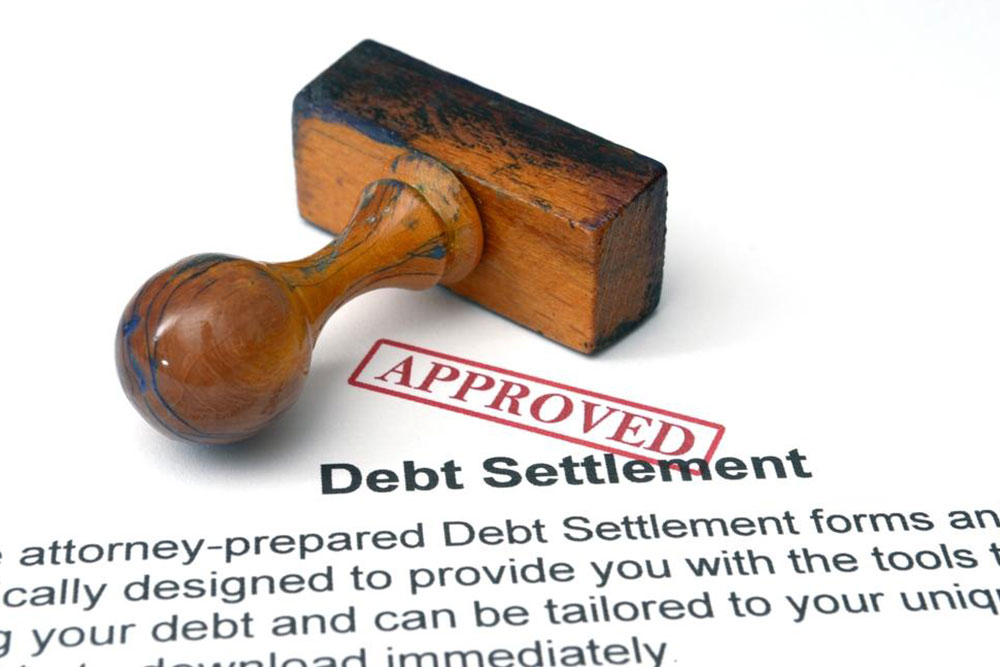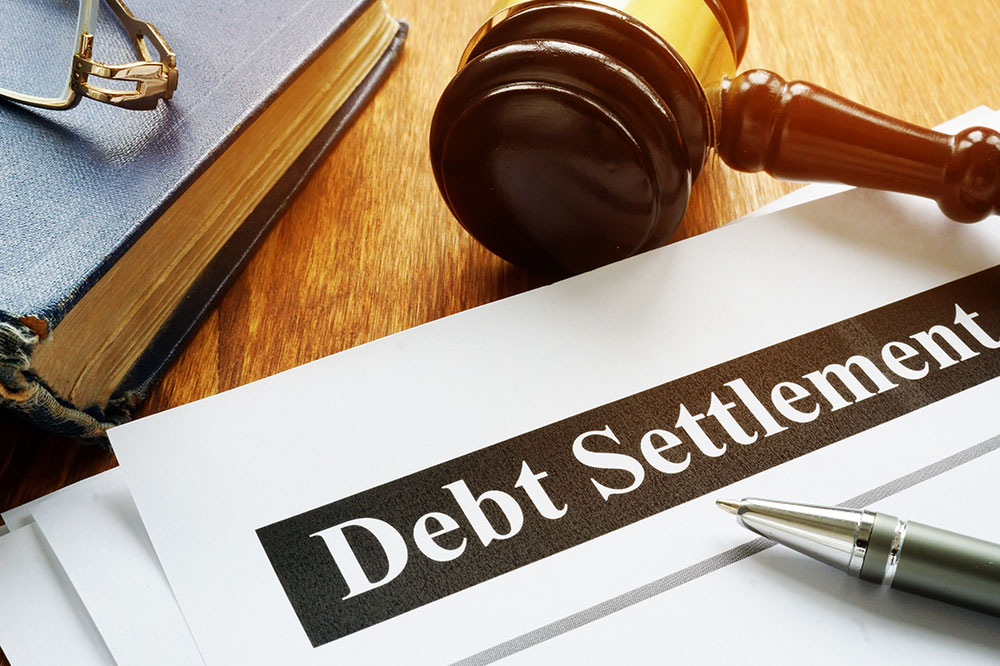Comprehensive Guide to Debt Relief Options: Strategies, Benefits, and Expert Application Advice
Learn comprehensive strategies for debt relief, including types of programs, their benefits, application tips, eligibility factors, and how professional assistance can help you manage and reduce debt effectively. A practical guide for individuals facing financial hardship aiming to regain financial stability.

Comprehensive Guide to Debt Relief Options: Strategies, Benefits, and Expert Application Advice
For many individuals, overcoming significant financial burdens through debt elimination may not be entirely realistic. However, debt relief solutions exist as practical tools to alleviate the strain of mounting debts. If you are experiencing difficulties in paying off taxes, personal loans, credit card balances, or other financial obligations due to unforeseen circumstances such as job loss, medical emergencies, or economic downturns, understanding and exploring available debt relief options is critical. These programs, whether offered by government agencies or private lenders, can help you manage debt more effectively by reducing what you owe or restructuring repayment terms. While qualifying for debt relief may involve certain criteria, these programs are designed to assist debt-ridden individuals by offering potential reductions or cancellations of debt responsibilities, providing a much-needed financial reprieve.
Types of Debt Relief Programs
If active financial hardship hampers your ability to meet debt obligations, applying for debt relief programs can be a valuable step. The eligibility for such programs varies based on individual financial situations, income levels, and the type of debt. Below are the main categories of debt for which relief options are often available:
Student Loans: Student loan relief programs are designed to assist borrowers facing financial hardship. Eligibility is typically determined by income, employment status, and the total size of the loan. Programs such as income-driven repayment plans or loan forgiveness are often available after borrowers have made a certain number of payments or meet specific criteria related to income and employment in public service or non-profit sectors.
Credit Card Debt: Many credit card companies are open to negotiations, especially if you are experiencing ongoing financial difficulties. Options such as debt settlement, where part of the owed amount is forgiven, or hardship programs that reduce monthly payments, are frequently offered. It’s important to note that settling credit card debt may impact your credit score negatively, and access to new credit lines might be restricted for some time afterward.
Mortgage: For homeowners struggling with mortgage payments, federal programs like the Home Affordable Modification Program (HAMP) provide options to lower monthly payments through interest rate reductions or extending loan terms. Mortgage forgiveness is generally at the discretion of the lender and may be granted in cases where foreclosure is imminent, or hardship is proven. Refinancing and loan modification options can also provide substantial relief.
Advantages of Debt Relief Programs
Engaging with government or private debt relief initiatives offers multiple benefits, primarily centered around making debt more manageable while minimizing associated costs such as high interest, penalties, and late fees. Key advantages include:
Avoidance of Bankruptcy: One of the most significant benefits of debt relief is the potential to avoid filing for bankruptcy. Bankruptcy can severely impact your credit rating for years, limit borrowing options, and lead to asset liquidation. Debt relief provides a pathway to settle debts without such drastic measures, preserving your financial integrity.
Reduction of Overall Debt Burden: Most debt relief programs aim to negotiate reductions in the total amount owed, whether through debt settlement or forgiveness. This significantly eases the burden, making it easier for individuals to manage ongoing payments and stabilize their financial situation without the constant fear of defaulting.
Practical Tips for Applying for Debt Relief
Conduct a thorough assessment of your current financial standing and forecast your future ability to pay. Understanding your income, expenses, and debts helps determine which relief options are feasible.
Gather all necessary financial documentation, including bank statements, loan account numbers, payment histories, and proof of income. These documents are essential to streamline the application or negotiation process.
Review eligibility criteria carefully, considering factors such as income thresholds, employment status, and payment history. Different programs might have specific requirements that you need to meet.
If you qualify, complete all required paperwork meticulously and submit your applications promptly. Alternatively, negotiate directly with lenders or debt collectors for settlement options or modified repayment plans.
Eligibility Requirements and Key Considerations
Each debt relief program sets forth specific eligibility conditions, often focused on your financial circumstances. Important factors include:
Income Level: Programs frequently require proof of low or moderate income, demonstrating that you cannot sustainably service your existing debts without assistance.
Credit Standing: Your credit report plays a role, especially when applying for new credit or refinancing existing debts. Credit scores may be affected by participation in debt relief programs.
Debt Amount: Many relief options are geared toward reducing debts below certain thresholds. For instance, debts under $7,500 may qualify for specific programs like National Debt Relief, which specializes in smaller debt portfolios.
Third-Party Debt Relief Assistance
Specialized companies can assist you in managing negotiations, understanding your options, and structuring repayment strategies. When seeking professional help, prioritize reputable, accredited firms such as:
National Debt Relief
Accredited Debt Relief
New Era Debt Solutions
CuraDebt
Freedom Debt Relief
DMB Financial
Additionally, organizations like the National Foundation for Credit Counseling and the Financial Counseling Association of America offer counseling services and guidance to help you navigate debt management options safely.
While debt can pose significant stress, exploring reliable relief programs provides a constructive way to regain financial stability. Making informed choices early in the process can improve your long-term financial health, even if temporary impacts on your credit profile are unavoidable. Carefully assess your situation, seek professional advice if necessary, and pursue the most suitable debt relief pathway for your future.





